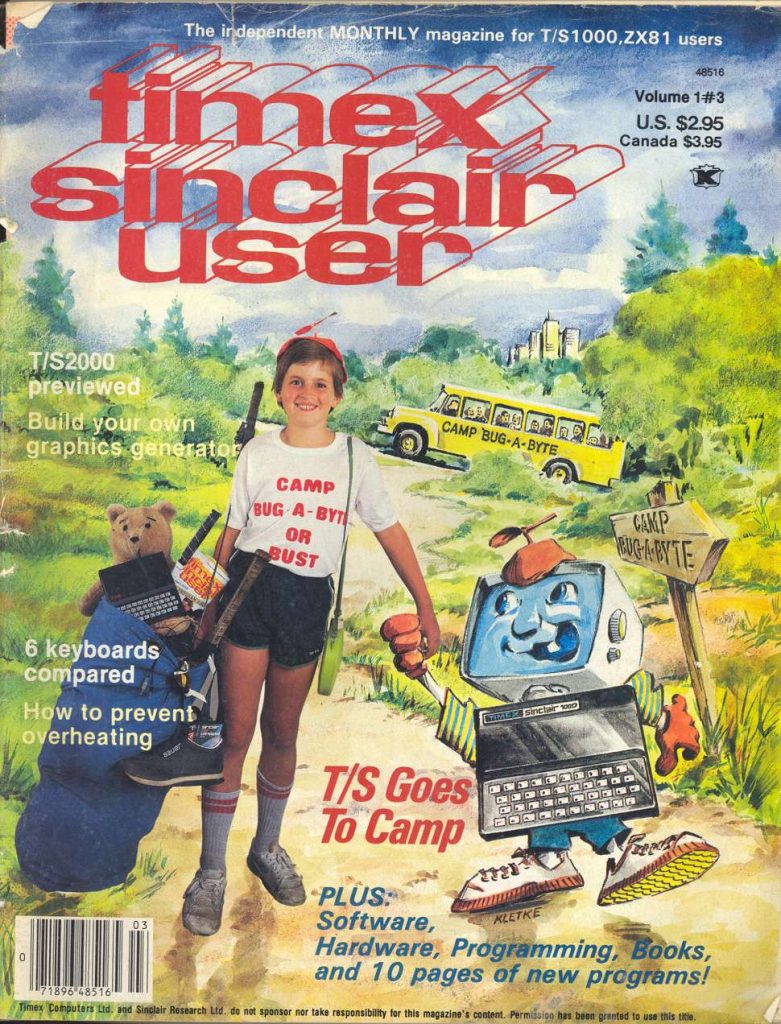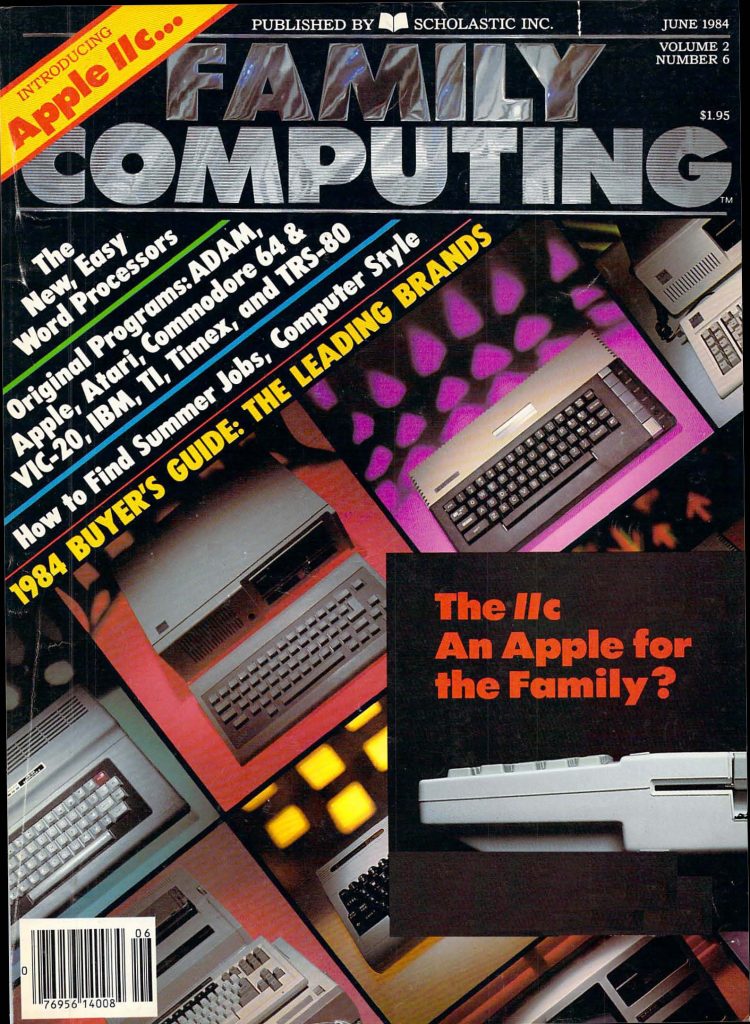Source: Sync – Volume 1, Number 1 – January/February 1981
The Sinclair line of computers was extremely popular in the U.K. during the 1980s in part due to their low price. They also made their way to the U.S. via Timex but failed to achieve much success. While the the first Sinclair computer, the ZX80 was very cheap at the time, it was also very limited with only 1K of memory and a membrane keyboard among other limitations. Commodore’s VIC-20 was introduced only a year later as another inexpensive competitor. While it was somewhat more expensive than the ZX-80, at least initially, it had far superior built in sound and graphics capabilities and more RAM (though the CPU was slower, at least for some things). The VIC-20 would go on to be the first computer to sell 1 million units.
Despite the limited success of Sinclair computers in the U.S., they would still have a couple of magazines that covered them. Sync is one of those and the January/February 1981 issue includes:
- Interview With Clive Sinclair – The man behind Sinclair computers. In addition to the ZX80 and future computer products, he also mentions flat-screen TV technology though he is still referring to CRT technology.
- Sinclair ZX80 – A detailed review of the ZX80. Being a magazine dedicated to the machine I’m not sure it is really impartial. The key technical specs are a 3.25MHz Z80 CPU and 1KB of RAM.
- Building a MicroAce – The MicroAce was a ZX80 clone that, at least initially, came in kit form. This article takes you through the steps to build it.
- Hurkle – A type-in game for the ZX80 in which you must find a beast called a hurkle in a 10×10 grid. You are given a direction after each guess.
- Converting From Other Basics – BASIC was not the same on all machines the the ZX80 in particular had a more limited BASIC than most computers. This article explains how to translate some missing commands into something that can be used on the ZX80.
- Editorial – Unsurprisingly, a bright future predicted for the ZX80.
- Dealing Out a Conversion – Details on how to convert a BASIC program (a card game originally published in a Book by Creative Computing) into something that will work on the ZX80.
- Nicomacus – A type-in program that implements a mathematical puzzle called a “boomerang” (the computer guesses the number you are thinking of).
- A Weekend With the ZX80 – From setup to running software to programming.
- The SYNC Challenge – SYNC challenges readers to rewrite Hammurabi from Creative Computing’s “BASIC Computer Games” so that it will work on the 1K ZX80.
- Crash Cursor – Origin – Intro to a comic strip to be featured in SYNC.
- Castle Doors – A type-in program that gives you a sort of randomized adventure.
- Draw a Picture – A type-in program that gives you a simple drawing program for the ZX-80.
- Dollars & Cents, Pounds & Pence – A type-in educational program that test the students ability the add currencies.
- LED Load Monitor – When loading programs from cassette tape, the appropriate volume setting had to be figured out by trial and error. This tutorial shows you how to install a couple of LEDs that light up when the level is correct making this a bit easier.
- New Peripherals for the ZX80 – New items for the ZX80 include mention of a 3″ CRT and a new 8K Basic ROM.
- 30 Programs for the ZX80 – A Review – A book with 30 type-in programs for the ZX80.
- Linsac’s Game Packs – A Review – A review of two game packages that each consist of 6 to 7 games.
- Resources for ZX80 and MicroAce – A list of currently available products for the ZX-80.

…and more!



